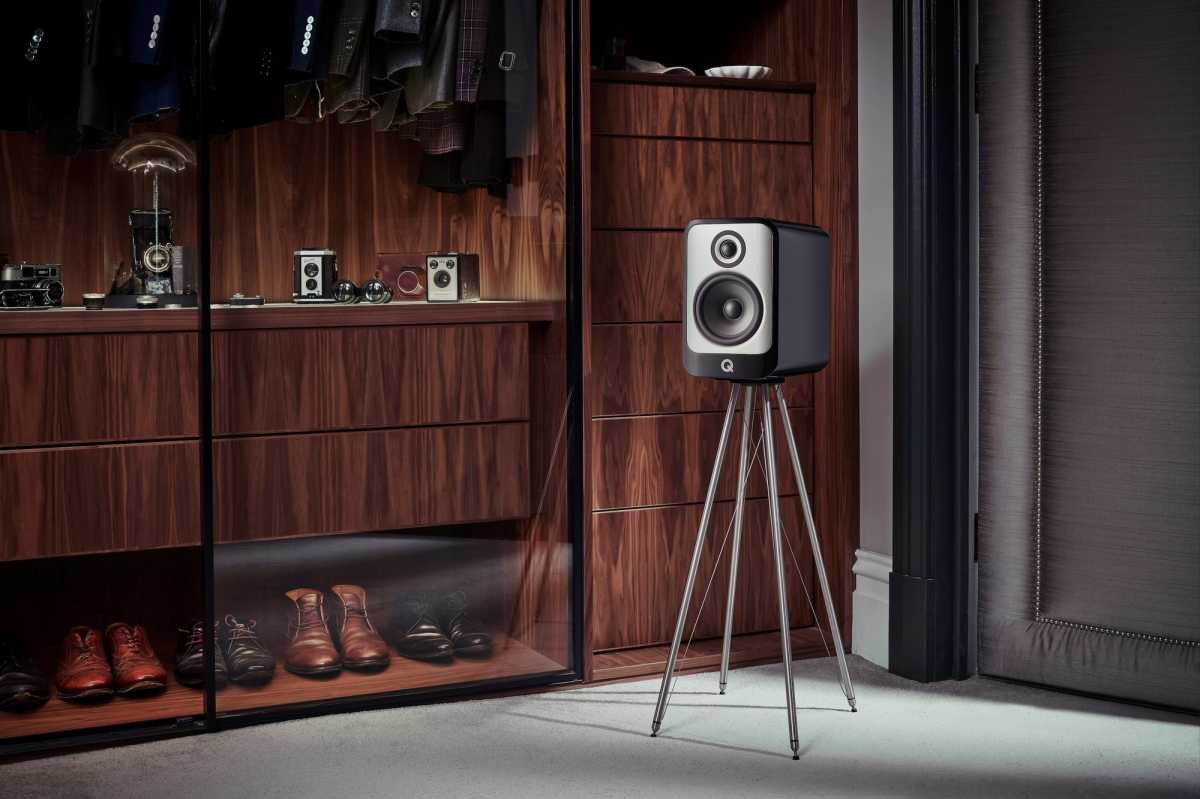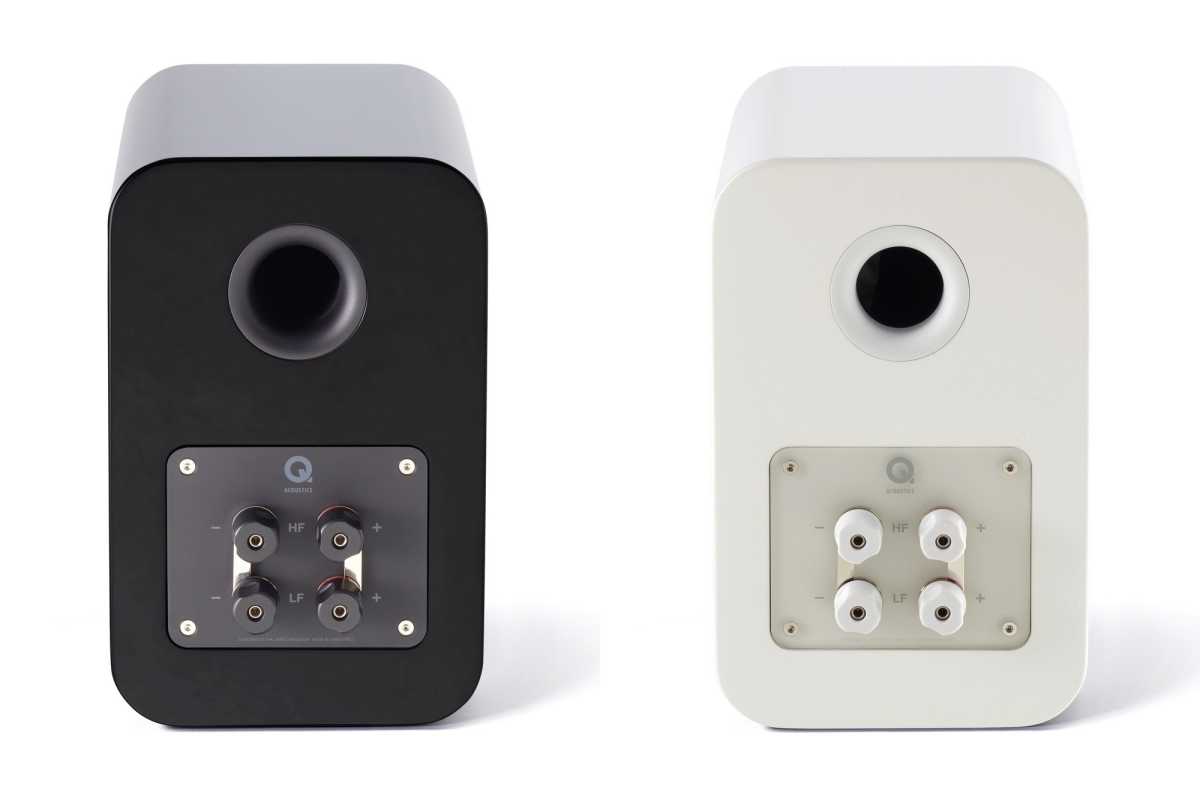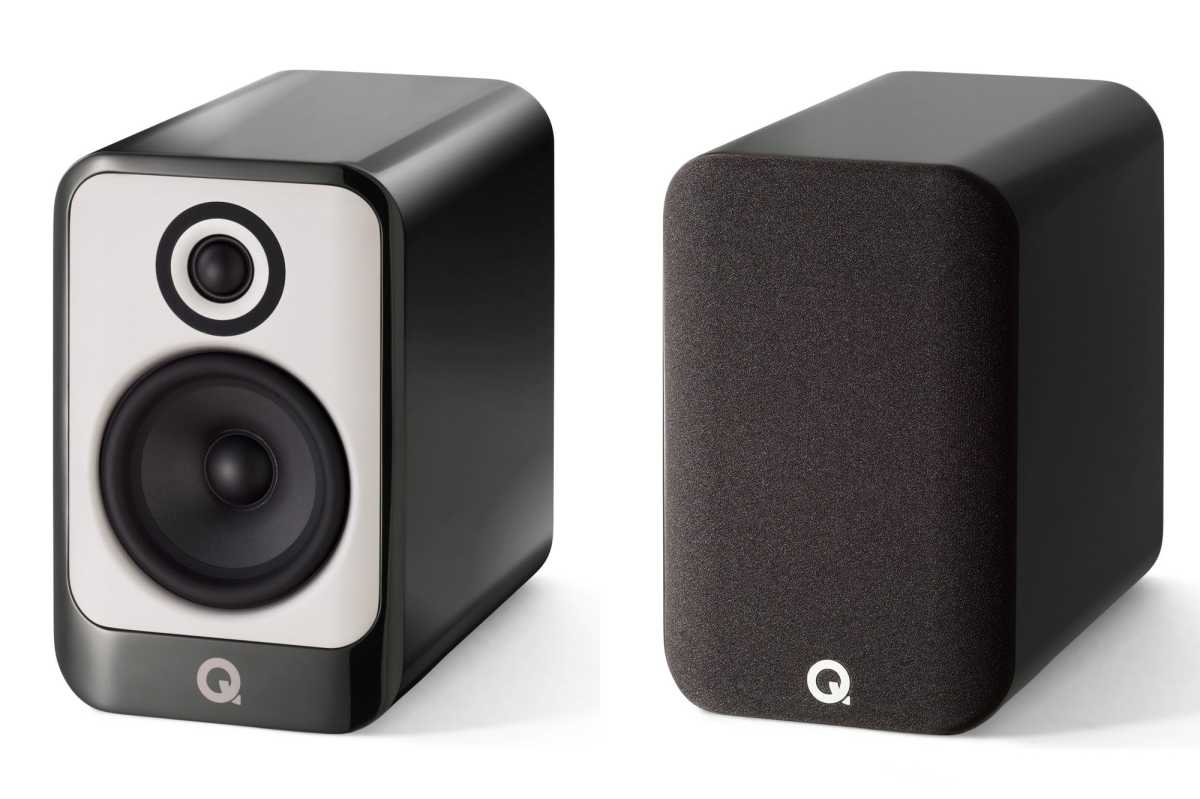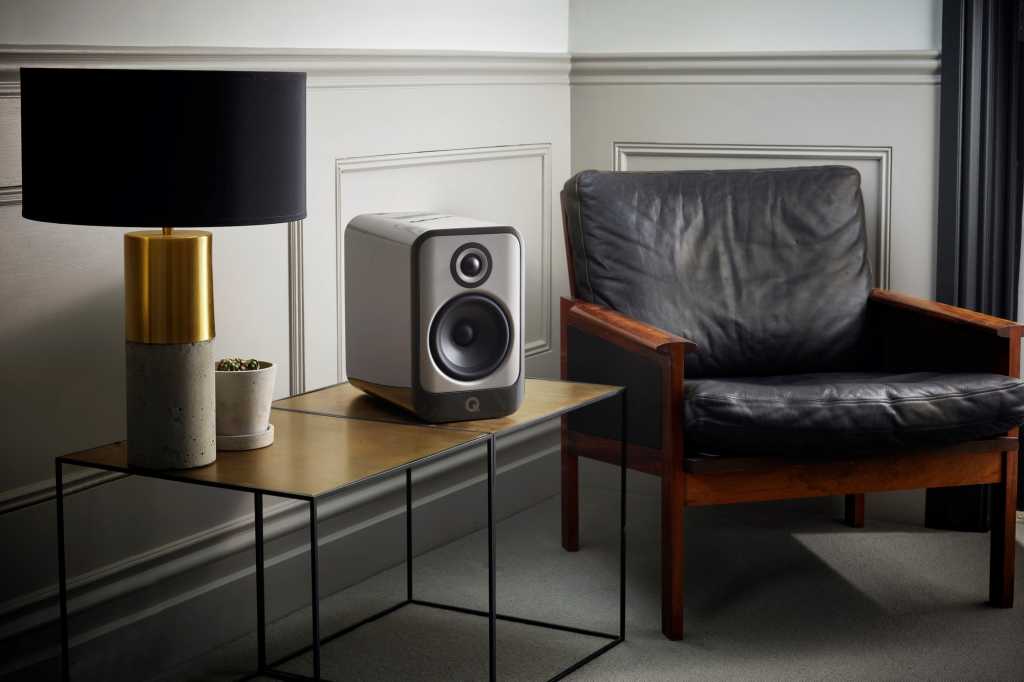At a glance
Expert’s Rating
Pros
- Remarkably smooth and balanced sound
- Exceptional design
- They perform equally well at low and high volume
Cons
- Stands are optional and cost $499
Our Verdict
The Q Acoustics Concept 30 are outstanding loudspeakers that are as beautiful to look at as they are to listen to.
Price When Reviewed
$1,299 a pair; optional stands: $499
Best Prices Today
The Q Acoustics Concept 30 bookshelf speakers borrow technology and design concepts from the company’s far more expensive Concept 300 and Concept 500 lines and blend it with acoustic innovations of their own to deliver outstanding performance at a much more modest price.
This review covers the $1,299 Concept 30 speakers and their $499 Q FS75 speaker stands, but users can combine them with the $2,999 Concept 50 floor-standing speakers, the $999 Concept 90 center channel speaker and a Q B12 subwoofer to create a home-theater package for $6,295.
The Concept 30 passive loudspeakers offer incredible audio detail and stunning visual design and mark Q Acoustics’ first entry into the highly competitive mid-price range. The company has already delivered exceptional value with its Concept 20 series and high-end Concept 300 bookshelf speakers offer stunning sound at a stunning price.
Q Acoustics emphasizes these new speakers are inspired by and incorporate technology from its more expensive lines rather than augmenting the design of their highly rated entry-level Concept 20 loudspeakers. Think of it as trickle-down tech, reasonably priced speakers that have more in common with the company’s high-end offerings.

You set the Concept 30 on a bookshelf, but these $499 stands do a phenomenal job of isolating the speakers from the floor, and they’re stunning to look at.
Q Acoustics
Q Acoustics’ signature is its cabinet-within-a-cabinet system, designed to minimize high-frequency noise. This Gelcore system uses a non-setting gel sandwiched between two individual layers. A specially developed adhesive dissipates high-frequency vibrations from the moving drivers into heat to maintain a focused audio performance.
The same internal bracing system, introduced in the 500 series, prevents low-end vibrations from coloring the sound. The speakers also have a sprung baseplate suspension system that isolates the cabinets from external vibration interference.
The speaker itself is comprised of a 1.5-inch woofer and 1.1-inch tweeter that deliver frequency response of 54Hz–30kHz. These are brand-new designs specifically for the Concept 30, 50 and 90 loudspeakers. A 3.0mm aluminum baffle plate is affixed to each drive unit before they are attached to the cabinet, forming an acoustic seal while dampening vibration and reducing structural coupling.

The Concept 30 speakers can be bi-wired to improve bass and treble performance.
Q Acoustics
The Tensegrity-inspired FS75 stands are stunning. The magic of their floating compression design makes for what can be a rather complicated setup. The stands won’t seem stable and sturdy until all the screws are in place, so patience and faith are required during the assembly process. The final result is worth the hassle.
Each speaker weighs 17.4 pounds and measure 7.1 x 11.2 x 12.6 inches (HxWxD). The speakers are available in a gloss black, silver, or white finish. A cloth grill attaches to the speakers via magnets, but the front baffle plate is so striking that most listeners will want to show off the design.
What does all this dampening give the listener?
I tested the Concept 30 speakers with a home audio system that includes a Technics SL-1200 turntable with an Ortofon OM 10 cartridge and stylus, a NAD C545BEE CD player, a NAD PP-1 phono preamp, NAD S100 stereo preamplifier, and a NAD 2400 Monitor Series amplifier. I utilized QED XT25 speaker cables and bi-wired.
An original UK CD pressing of Talk Talk’s 1986 album The Colour of Spring really demonstrates why the Concept 30 speakers are so special. The recording itself is flawless, and there’s a remarkable amount of definition for each instrument in the mix. The album sounds great at any volume and the speakers effortlessly fill a large space, but sound equally great as near-field monitors at low volume.
The drum kit in the hit single “Life Is What You Make It” is mixed almost as if it’s the lead instrument, and it’s a track known to turn lesser speakers to audio mud. The sound here is exactly right.

Magnetic grills are supplied with the Concept 30, but you want to might leave them off to show off their bespoke design.
Q Acoustics
A Columbia stereo LP pressing of the soundtrack to the 1966 movie The Quiller Memorandum composed by John Barry, is another album that can challenge a pair of loudspeakers. Barry used the flexatone, a percussion instrument with a sound sometimes mistaken for a theremin, as a key instrument throughout the score. The Concept 30 come through again, giving discrete definition to each instrument in arrangements that sometimes get a bit crowded in the midrange.
The Concept 30 also shine with a CD of Lucinda Williams’ Grammy-winning classic 1998 album Car Wheels on a Gravel Road. It’s also an LP that went through multiple sets of producers and engineers, beginning as a co-production with Steve Earle and Ray Kennedy before getting handed off to the E Street Band’s Roy Bittan before ending up with Rick Rubin and Jim Scott for a final mix. Car Wheels is a great reference disc because many lesser systems blur Williams’ lead vocals into the guitar. It’s a tight sonic fit in some places on the album, but there’s never a moment when that sometimes tiny
James has worked in music as a producer, A&R executive, music publisher, manager and record store clerk. He writes about music, technology and movies from his home in Georgia.

